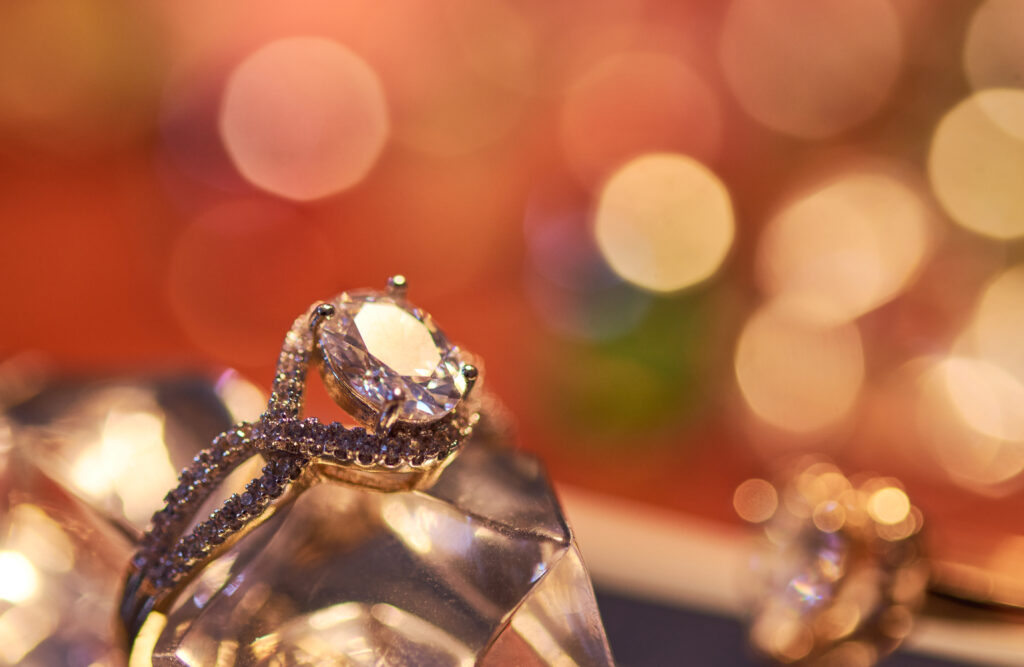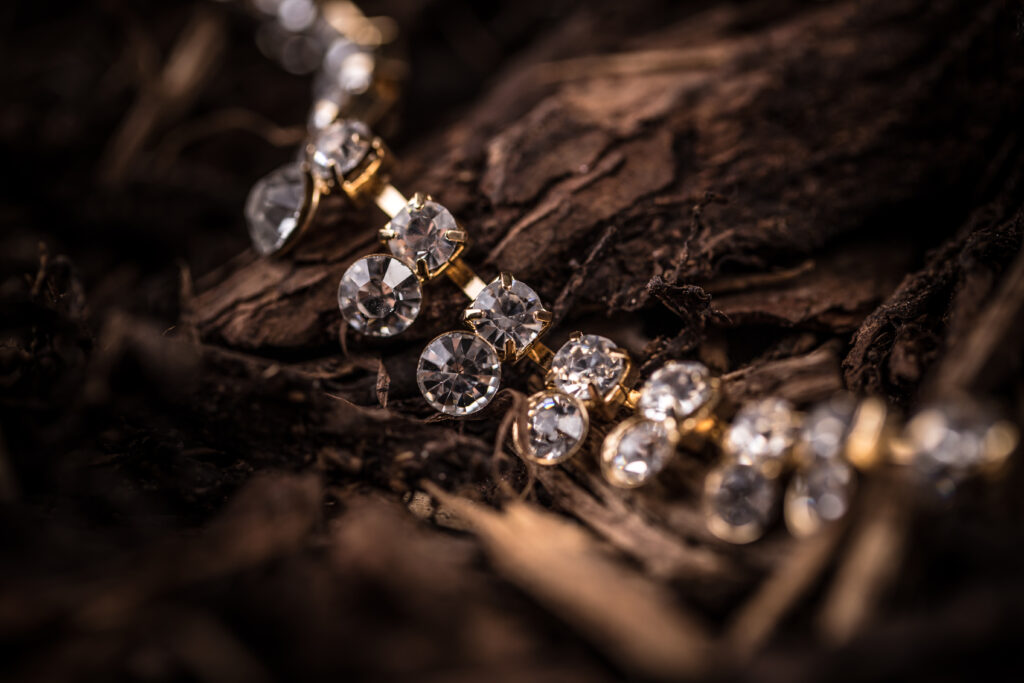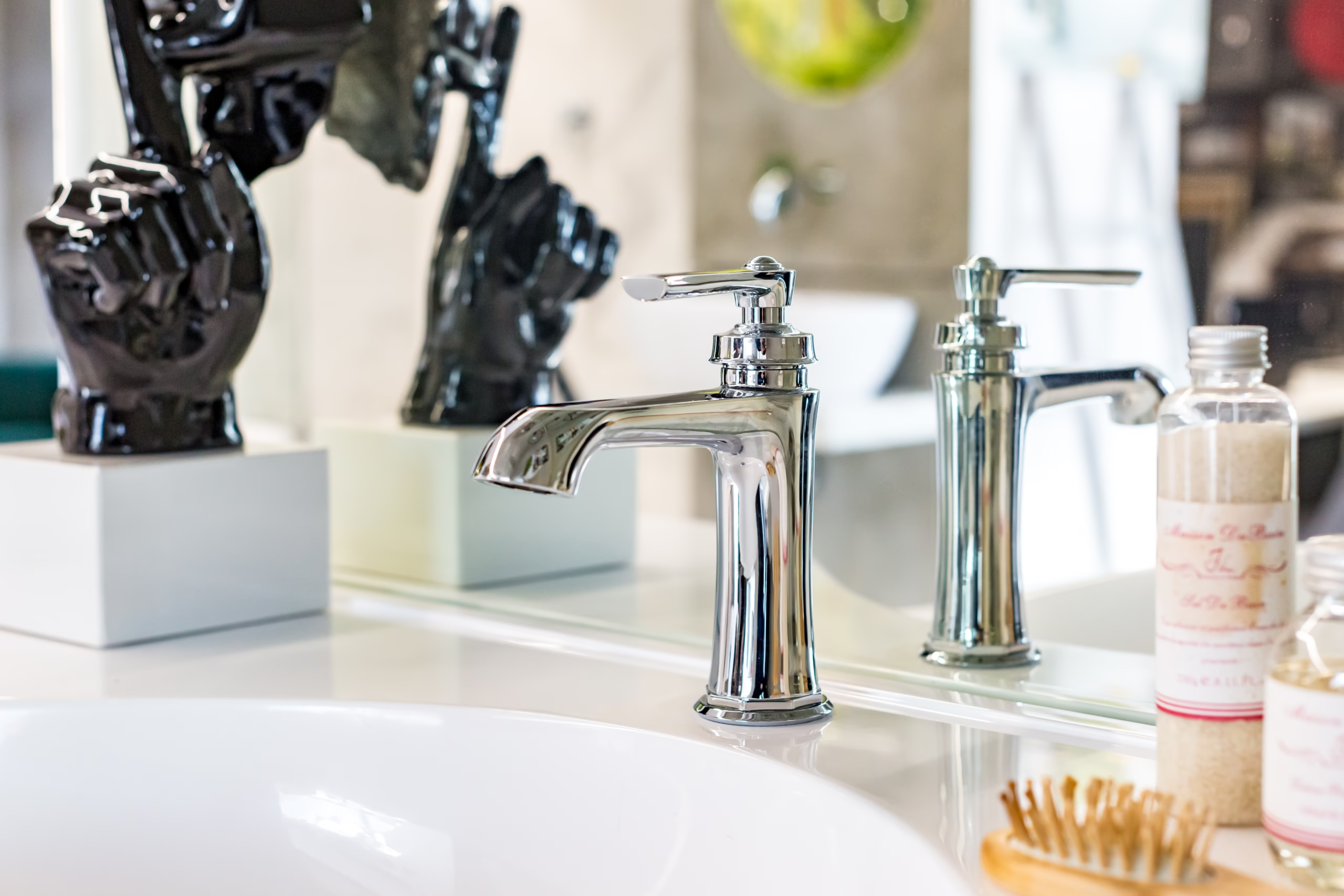Diamonds are more than just sparkling stones. Each one tells a story through its shape, size, and the way it catches the light. When you come across a diamond with dimensions like 8.17x5.64x3.52 millimeters, you’re looking at something quite specific and intriguing. Let’s explore what these numbers mean, why they matter, and how they influence the diamond’s beauty and value.
Understanding Diamond Dimensions
The numbers 8.17x5.64x3.52 refer to the length, width, and depth of a diamond, measured in millimeters. These dimensions are crucial. They don’t just describe the stone’s size—they reveal its shape and how it will look when set in jewelry.
-
Length (8.17 mm): This is the longest part of the diamond.
-
Width (5.64 mm): This is the measurement across the diamond at its widest point.
-
Depth (3.52 mm): This is how tall the diamond is from the table (top) to the culet (bottom point).
These measurements suggest an elongated shape, likely an oval, emerald, or radiant cut. Such shapes are popular for their elegant, finger-lengthening appearance in rings.
Carat Weight vs. Millimeter Size
Many people think carat is the same as size, but that’s not quite right. Carat is a measure of weight, not dimensions. Two diamonds can have the same carat weight but look different in size if their shapes or proportions vary. For example, a 1.5-carat round diamond might measure about 7.2 mm in diameter, while a 1.5-carat oval could appear larger because of its elongated form.
The 8.17x5.64x3.52 mm diamond likely weighs between 1.25 and 1.5 carats, depending on its cut and proportions. This is a substantial size, offering a noticeable presence without being overwhelming.

Why Dimensions Matter
The way a diamond is cut and its resulting dimensions affect more than just its size. They influence:
-
Sparkle: A well-proportioned diamond reflects light better, creating more brilliance.
-
Face-up Size: Some cuts make a diamond look larger from above, even if the carat weight is the same.
-
Setting Compatibility: Certain settings work better with specific shapes and sizes.
A diamond with dimensions like 8.17x5.64x3.52 mm will have a graceful, elongated look. This makes it ideal for solitaire rings, three-stone settings, or even pendants.
Comparing Diamond Shapes and Sizes
Here’s a quick comparison of how different carat weights and shapes translate to millimeter sizes:
| Carat | Round (mm) | Oval (mm) | Emerald (mm) | Radiant (mm) |
|---|---|---|---|---|
| 1.00 | 6.5 | 7.7 x 5.6 | 7.0 x 5.0 | 7.0 x 5.0 |
| 1.25 | 7.0 | 8.4 x 6.0 | 7.5 x 5.5 | 7.5 x 5.5 |
| 1.50 | 7.2 | 8.7 x 6.4 | 8.0 x 6.0 | 8.0 x 6.0 |
| 2.00 | 8.0 | 9.7 x 6.8 | 8.5 x 6.5 | 8.5 x 6.5 |
The 8.17x5.64x3.52 mm diamond fits right in the 1.25 to 1.5-carat range for elongated shapes.
The Impact of Proportions
A diamond’s beauty isn’t just about size. Proportions matter. If a diamond is too shallow or too deep, it won’t reflect light as well. The 8.17x5.64x3.52 mm dimensions suggest a balanced stone, but it’s always wise to check the depth percentage (depth divided by width) and table percentage (table width divided by overall width). Ideal proportions maximize sparkle and make the diamond look its best.
Choosing the Right Setting
An elongated diamond like this offers versatility. It can be set vertically for a classic look or horizontally (east-west) for something modern. Prong settings show off the shape, while halo settings add extra sparkle. The choice depends on personal style and how much you want the diamond to stand out.
Value and Rarity
Diamonds with unique dimensions can sometimes be more valuable, especially if they’re well-cut and have good clarity and color. The 8.17x5.64x3.52 mm size isn’t the most common, which can make it more desirable for those seeking something different. Rarity often adds to a diamond’s appeal, both emotionally and financially.
Practical Tips for Buyers
-
Check Certification: Always buy diamonds with a grading report from a reputable lab.
-
Compare Face-up Size: Don’t just look at carat weight. Compare millimeter dimensions to see how big the diamond will actually look.
-
Inspect Cut Quality: A well-cut diamond will outshine a larger, poorly cut one.
-
Consider the Setting: The right setting can enhance the diamond’s appearance and protect it from damage.
Final Thoughts
The 8.17x5.64x3.52 diamond stands out for its elegant proportions and substantial presence. Its elongated shape flatters the hand and catches the eye. When choosing a diamond, remember that dimensions, not just carat weight, play a big role in how the stone looks and feels. Take your time, compare options, and choose a diamond that speaks to you, not just in numbers, but in the way it shines.
Diamonds are a blend of art and science. The right dimensions can turn a simple stone into something truly special. Whether you’re shopping for an engagement ring, a pendant, or just admiring the craft, understanding what those numbers mean helps you appreciate the beauty and value of each unique gem.



